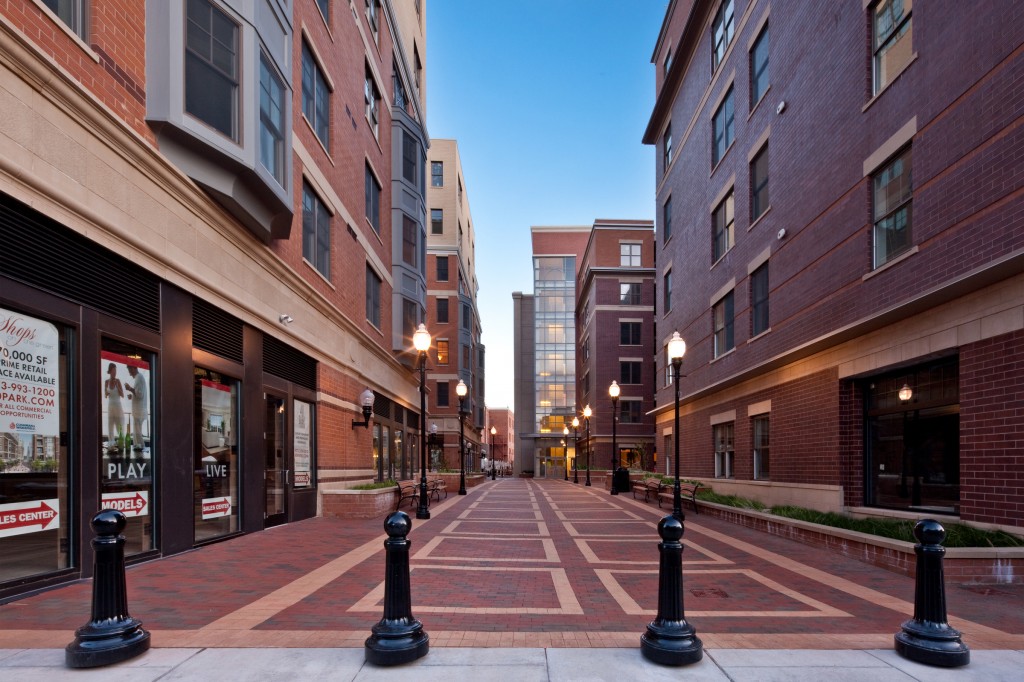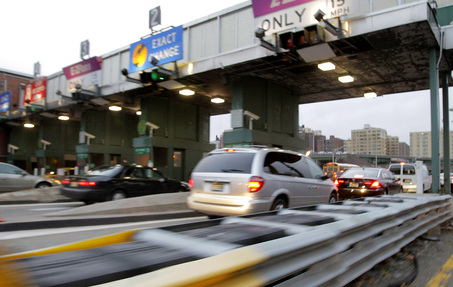New Jersey Future Blog
Daytime Population Booms
November 30th, 2005 by Tim Evans
- Only 20 percent of New Jerseyans work in the same municipality in which they live. Nearly half (45.2 percent) commute to jobs outside their home county.
- In this trading of places, 48 communities see an influx of 10,000 or more commuters every day.
- Many of these communities have main business districts accessible by rail transit. They include Newark (111,076 inbound commuters daily), Atlantic City (40,787), Trenton (38,788), New Brunswick (28,850), Princeton (21,079), and Morristown (17,926).
- Other communities must receive their 10,000-plus daily commuters through road traffic, either because these communities are not accessible by rail transit (Paramus, 35,837; Toms River, 21,621; Fairfield, 19,841; Moorestown-Lenola,12,620) or because their employment centers are not located near their transit stations (Secaucus, 33,256; Edison, 56,104).
(Source: US Census Bureau)
EMPLOYER LOCATION KEY TO EASING TRAFFIC
Over the last 20 years, employment locations in New Jersey have become much more decentralized. The results are severe: New Jerseyans without cars have limited access to new jobs, and New Jerseyans with cars face increasing amounts of traffic congestion and time lost to delays.
New Jersey can increase access to jobs and decrease traffic congestion by increasing incentives for employers to locate in pedestrian- and transit-friendly settings. Such incentives should include re-calibrating employer recruitment programs, including the Business Employment Incentive Program, to steer new and relocating employers to locations that exploit unused capacity in the state’s extensive public transit network.
Every new job that is steered to a walkable or transit-accessible location potentially represents one fewer car on the road at rush hour. The state can also use existing smart-growth mechanisms (the State Plan endorsement process, NJDOT’s Transit Villages program, etc.) to reward municipalities for planning and zoning that calls for commercial uses near transit stations or where people can easily walk to them.
Transportation dollars also should be invested so that walking and biking become viable transportation options for more people, and in a way that people will be safe once they commute without cars.
















